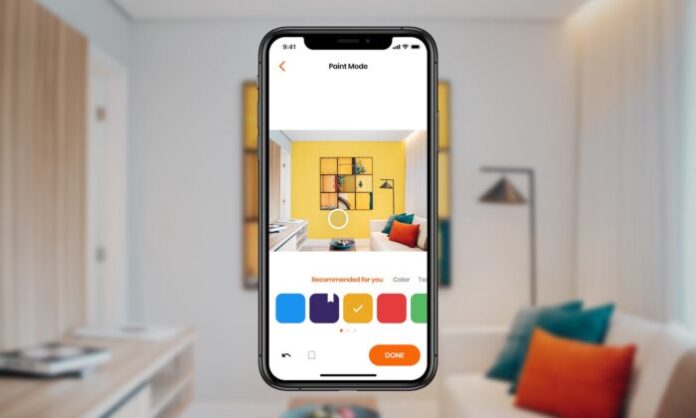Customer experience defines how a business interacts with users at all stages of a purchase. At every point of communication – advertising, sales, and service – a company either destroys or improves the attitude of customers towards it. Let’s talk about a new era of apps driven by AI and robust UX/UI, which will turn the customer experience into your competitive advantage.
Why everybody is talking about customer experience
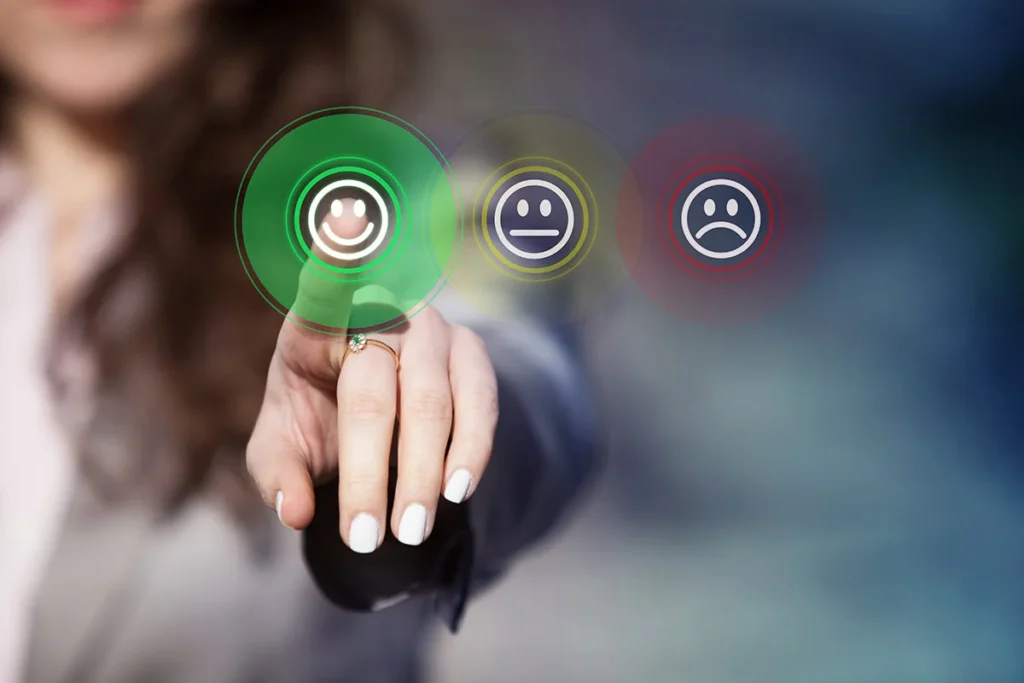
Users need to feel appreciated. This can be achieved through personalized communication with customers at every touchpoint. For example, you can customize an advertising campaign for the demands of a particular user, make your website convenient, and ensure the service is round-the-clock and multichannel. The majority of companies (84%) that correctly understand the customer experience increase their profits.
To communicate with customers, organizations use programs for sales automation and eCommerce, as well as CRM, CPO, customer data platforms, and other software solutions. Part of the strategy for user experience improvement is the personalization of mobile apps with the help of AI. Connected data, collected from different systems and linked together, shows what users care about and what their needs are, thus improving the service.
Mobile app personalization trend
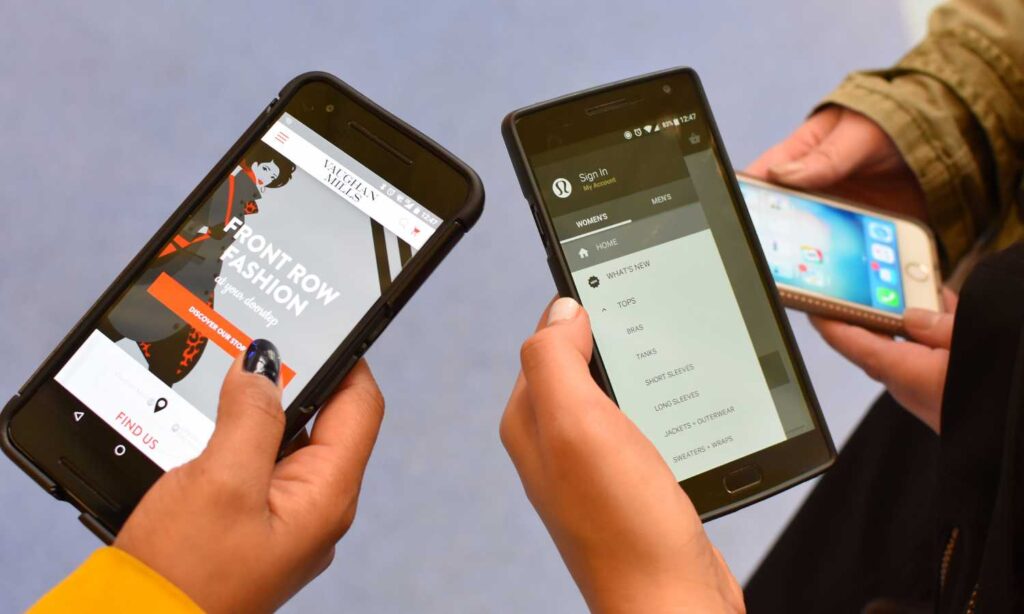
There are more than 6.3 million smartphone users in the world, and this number continues to grow. With mobile applications, companies increase the number of customer touchpoints and improve customer experience.
On average, a user installs about 40 smartphone apps and actively uses half of them. If an app has a weak design, users forget about it. Only 10% of people will run a program on the seventh day after installing it.
These statistics demonstrate how important customer experience is. Personalization of mobile apps with AI, backed by powerful UX/UI, is the best way to create apps that consumers will love.
How AI improves personalization

When a user interacts with an app, within a few minutes, AI algorithms collect data and offer solutions, services, and ads that best meet the needs of this user and to which they are more likely to react.
AI algorithms collect and analyze the following information:
- what time of day clients launch the application – having learned the time of client availability, the AI application can adapt to them;
- how much time users spend in each part of the application;
- which pages customers view most often – marketers use this data to plan ads (for example, place banners), and content managers use this data to optimize pages;
- what content users are interested in – this is how AI generates recommendations;
- what notifications clients respond to – this is how AI sends messages tailored to particular users.
AI technology identifies the aspects that affect the degree of user retention. The company gains insight into its customers and offers more relevant recommendations on products, discounts, coupons, and so on.
Accurate personalization increases customer retention, optimizes sales, and improves ROI. Development companies, in turn, learn more about what is ineffective in applications and improve their functions.
How to personalize an App
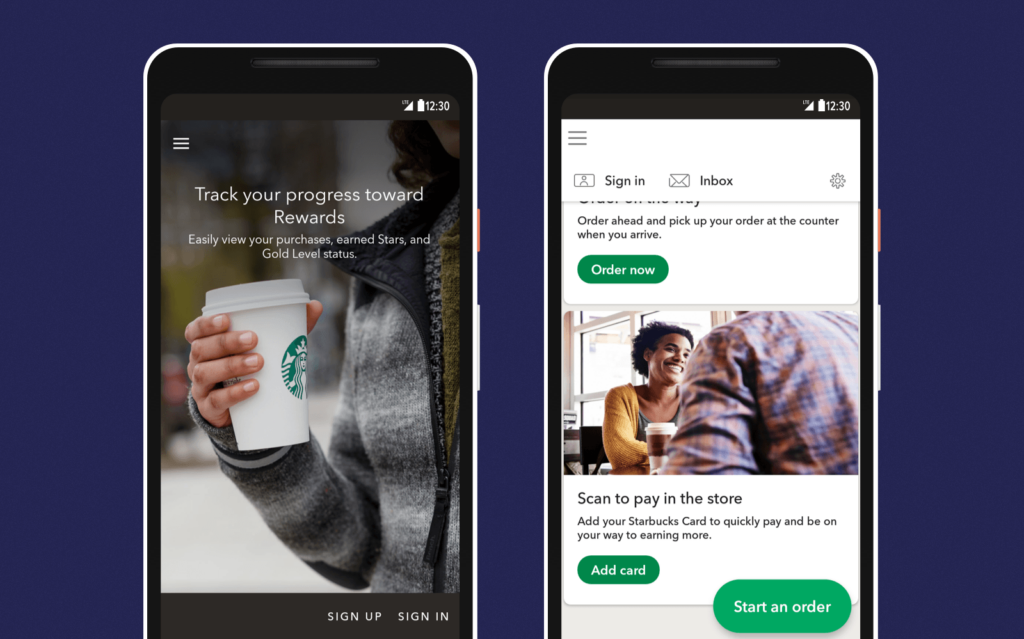
Addressing users by name and sending a promotional code on their birthdays is a good solution, but this is not enough. How else can customer experience with mobile apps be improved?
Collect the right data.
To effectively set personalization, you need to collect relevant data through suitable channels. Information about users’ locations, device types, preferences, and demographic information can be obtained at the stage of their registration in the system. It is recommended to capture customer reactions to ad campaigns and track key metrics such as purchase frequency, average session duration, and conversion rates.
Personalize the home screen.
After processing demographic data, AI algorithms provide a personalized user experience on the home screen of the app. For example, music streaming apps use information about age and favorite music genres to create track recommendations. Apps for book lovers offer their readers new books based on their preferences. This creates a personalized customer experience that increases click-through rates and motivates the audience to use the app more often.
Adapt the app navigation.

When you set personalized navigation, you cater for common customer conversion paths to increase the chances of a purchase. Adapting the app navigation allows you to offer goods and services to your customers in a way they will appreciate it the most.
Personalize the search.
A good practice is to track search queries to quickly lead customers to the type of product they are looking for. AI algorithms form recommendations based on keywords in the product name and on its image, and these recommendations become more accurate with each subsequent search.
Improve behavioral predictions.
It takes a user 15 seconds to figure out whether an application will be useful to them. AI technologies display products that the buyer is interested in. If a person ignores them, AI algorithms change the content. This approach improves behavioral predictions by 20% and inclines your customers to stay with the app.
Set personalized recommendations.
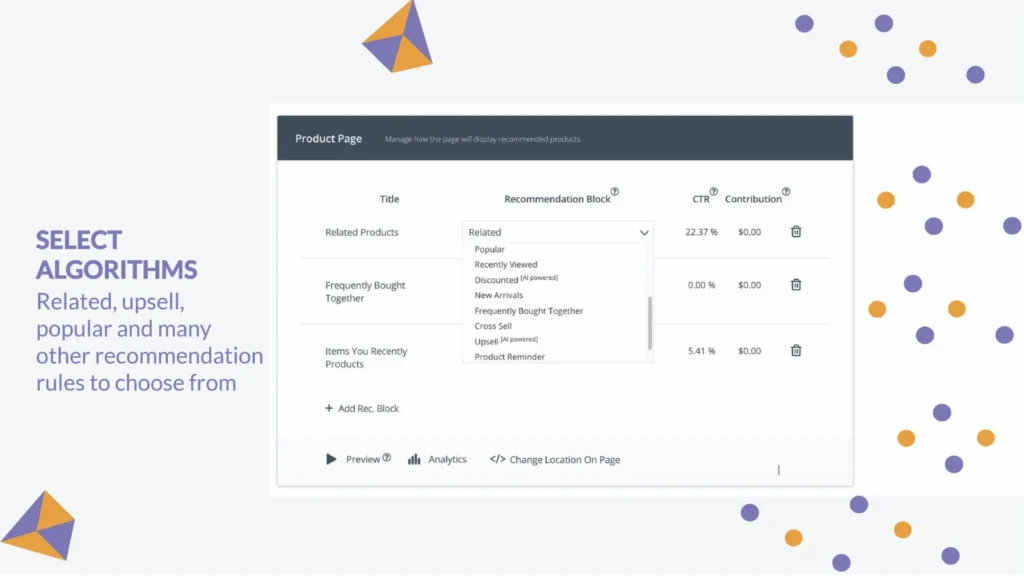
AI is constantly learning on the basis of neural networks. This allows for the update of recommendations or playlists every time users launch the application making the ads more precise and attractive.
Compose messages with interactive recommendations and cross selling.
Include recommendation messages in your app to appear when it makes sense. For example, if a consumer adds a sanitizer to the cart, the app will recommend hand cream.
Improve recommendations outside of apps.
Leverage the power of AI to improve customer experience through emailing and push notifications.
Configure targeting with personalized ads.
AI algorithms study user profiles on social media. Such technologies can even determine what clothes and accessories your customers prefer by analyzing their photos.
Conclusion
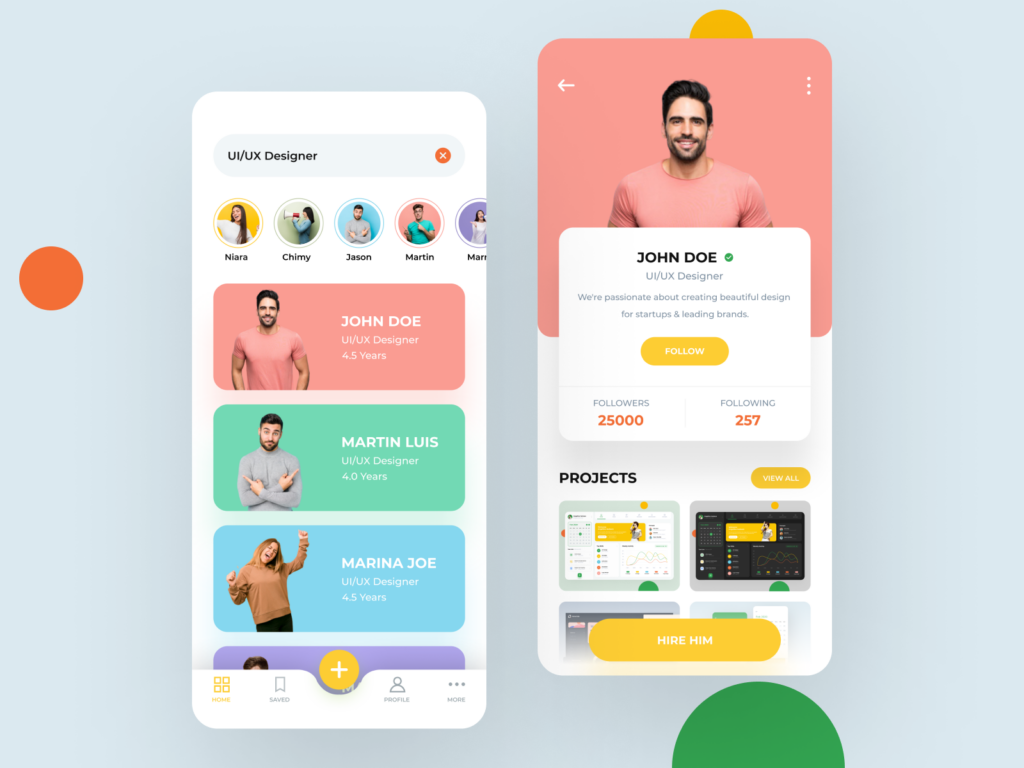
Today’s users expect an interactive personalized service. When AI is combined with a robust UI/UX app design, this becomes a powerful marketing tool. Of course, AI is not capable of replacing human designers yet. However, with the help of such programs, companies better understand customers, more accurately predict sales, successfully convert a customer path into purchases, and effectively interact with users.
Of course, AI is not capable of replacing human designers yet. If you want to leverage the expertise of UI/UX professionals, which we combine with cutting-edge technology, contact Andersen Lab to develop a custom mobile app.

